|
Fire Emblem: New Mystery of the Emblem is a remake of the second half of the SNES game, Fire Emblem: Mystery of the Emblem, which itself was a combined remake and sequel to the original Fire Emblem on NES. It's a companion game of sorts to Fire Emblem: Shadow Dragon on DS as Shadow Dragon remade the events of the original and the first half of Mystery of the Emblem whereas this game remade the events of Mystery that took place after the events of the first game. To give a little more incentive to buy this game, though, it also bundles the four maps from the Satellaview streaming exclusive BS Fire Emblem: Archanean War Chronicles which aren't (legitimately) playable any longer outside of this DS release. The story picks up where Shadow Dragon left off. The Dark Pontiff Gharnef has been defeated and evil shadow dragon has been banished from this world. A new threat has emerged, however, as Hardin, the new emperor of the mighty Archanean Empire, has begun to act extremely out of character, ruling his realm with an iron fist and mercilessly crushing any dissent. It quickly becomes apparent that while the shadow dragon's body was defeated, the evil of its soul continues to persist, casting a new cloud of darkness over the continent. It once again falls to Marth to muster his allies and face down this evil with swords, magic, and waifus. The most significant change to the Fire Emblem formula that New Mystery of the Emblem introduced was the addition of Casual Mode. To some folks, this forever ruined Fire Emblem by making it approachable to casual players, but I disagree. I would call Casual Mode the single most significant addition to the series since the weapon triangle for that very reason - it makes accessible to less skilled or less patient players an incredible series. For that, I have a lot of respect for Mystery of the Emblem. The character portraits and battle sprites look absolutely fantastic for the DS. The DS was perfectly capable of decent looking 3D games, but New Mystery of the Emblem perfectly demonstrates how exceptional the DS is as a 2D system. Everything about New Mystery of the Emblem has been streamlined since the SNES game it remakes. The menu system between battles is simple and intuitive, the conversations between characters that flesh out their characters have been expanded to show more of their personalities and interactions with one another, and the control in battle is simple to use and free of any waste. The screens are perfectly used to keep the focus on the action. The bottom screen always displays the battlefield while the top screen can be used to display either unit formation (hit points, items, etc) or a mini-map with the force strength of each side. Fire Emblem: New Mystery of the Emblem is everything a classic Fire Emblem game should be. It takes everything that made Shadow Dragon great and improves it, and it takes most of the flaws Shadow Dragon had and fixes them. It's a shame that this game never saw a Western release, but fortunately, an excellent fan translation exists if you can find a working ROM and a good DS emulator (or, like I did, load the patched ROM onto a micro SD card and play it on a real DS with an R4 card). The inclusion of the BS Fire Emblem maps are my favorite "extra" from any Fire Emblem game just because how difficult it is to find a working ROM of those maps in general let alone a ROM patched into English. For Fire Emblem fans, this game is an absolute must even if you have to use some dubious means to play it in English. My Rating - AAlso available on Switch, PlayStation 4, and Windows Wolfenstein Youngblood is a pretty big departure for the rebooted Wolfenstein series in a number of ways, and that's been pretty divisive among fans. In a lot of ways, it's still Wolfenstein - you still run around killing countless Nazis with a massive arsenal of weapons - but make no mistake about Youngblood. It's not the Wolfenstein that I've come to know and love with New Order, Old Blood, and New Colossus. The first major issue I had with the game - and the pettiest - is that the protagonist twins aren't as gruff and badass as BJ. Don't get me wrong, Soph and Jess are total badasses in their own way, but I've come to adore the gruff badassery of BJ. The aloofness of Soph and Jess, while entertaining at first, just didn't sit as well with me as BJ's darker, quieter demeanor. On the topic of the two protagonists, the use of multiplayer not just as an optional inclusion but as a core gameplay mechanic felt odd and out of place for Wolfenstein. This is a game that, just a few years ago, prided itself on being a strictly single player experience. I have nothing against multiplayer shooters - Left4Dead and Borderlands both proved how amazing they can be even beyond the dudebro Call of Dutys and prepubescent Fortnites - but it just feels foreign for this series. My problems with the use of multiplayer don't stop at its mere existence. The implementation left a lot to be desired, too. The game utilizes those obnoxious multiplayer gimmicks - doors that can only be opened with two players, chests that can only be opened with two players, etc. While the AI was competent enough for the most part to make playing the game solo a decent experience, there were some issues. One of the cooler team mechanics was the ability to revive the other protagonist if done quickly enough after going down. The problem here was that my AI partner would randomly decide that she just didn't want to move. At all. Like, she literally just stood there shooting and taking every bullet flying her way. I'd half-dead crawl my way over to her and be like "Hey, sis, kinda dying of blood loss here. Halp plz," and she'd be like "WHAT?? I CAN'T HEAR YOU OVER THE SOUND OF ALL THESE BULLETS PIERCING MY BODY BECAUSE I REFUSE TO MOVE." And then I'd die and have to respawn by which point she'd need to be revived because she refused to move. Fortunately that little bug seemed to go away after I revived her, but it happened probably half a dozen times throughout my playthrough and seemed most severe in the last quarter of the game. Visually, aurally, and mechanically, the game the largely identical to New Colossus. The only major mechanic changes worth noting are the RPG-esque leveling up that's used to unlock new abilities and the tedious coin grind to upgrade your weapons. I don't have a problem with either of these in principle, and the level up system really wasn't that bad, but the silver coins needed to upgrade your weapons just got annoying. Your weapons also get upgraded by using them and "ranking" them up, but the improvements that these silver coins buy are more substantial (so it makes sense that it takes more effort) and can shift the gun's focus towards accuracy, magazine capacity, and damage. It's less HOW you acquire these upgrades that bother me and more the fact that a large part of your coin supply is found just lying around in the world, making it a mundane Easter egg hunt. The game's story - something I've always loved about Wolfenstein - is...okay. And that's sad because it's been ten years since Wolfenstein has been just okay. The New Order, the Old Blood, and the New Colossus were all absolutely fantastic, but Youngblood is just mediocre. The story starts off interesting enough - BJ has vanished, and his twin daughters take it upon themselves to travel to his last known location in Nazi-controlled Paris and find him themselves. Far fetched, sure, but considering that the guy they're looking for is just a head on a synthetic body, suspension of disbelief is kind of a must as it is. The problem is that, beyond that premise, the story just falls flat. Aside from Soph, Jess, and Abby Walker, none of the characters are even remotely interesting. There are only four "main" missions in the game - attack Brother 1, attack Brother 2, attack Brother 3, and attack Lab X - and until you do find BJ, it never feels compelling. Wolfenstein Youngblood isn't a bad game. It's just a terribly disappointing game. It takes a series that's always been known for badass Nazi killing and turns that into okay Nazi killing. At the end of the day, you're still slaughtering hundreds and hundreds of Nazis, so that's always a good thing, but it doesn't have the charm or personality that other Wolfenstein games have. I can see this being a pretty good time if you have a friend to play through the campaign with, but as a single player experience, it's fully functional, but there just isn't any real draw when you could just replay one of the far superior recent Wolfenstein games. My Rating - BThe prospect of writing a review for Fire Emblem: Three Houses has been a bit intimidating for me this week. It's one of those games that just got so much so right. No matter what I say about it, I know that I'll forget to mention some amazing aspect, and since Fire Emblem is a series so near and dear to my heart - my all-time favorite Nintendo IP and quite possibly my favorite video game series - I really want to do it justice. Three Houses, especially, is an exceptional game. It might have surpassed Awakening for my title of "best Fire Emblem game." It's definitely the most approachable Fire Emblem game for newcomers. Fire Emblem: Three Houses has you assume the role of Byleth (or, as I named her in my playthrough, Atra), a mercenary-turned-teacher at the Officers' Academy at the monastery of Garreg Mach. You are given the choice to lead one of the three houses of the Academy - Blue Lions, the house for students from the Kingdom; Golden Deer, the house for students from the Alliance; and Black Eagles, the house for students from the Empire. Each house is more inclined to one combat style or another, but it's important to note that you have a LOT of leeway over how you guide each character's development, and you can change classes at will provided that skill requirements are met. Black Eagle has more magically-inclined students, Blue Lions has more physically-inclined students, and Golden Deer has more archery-focused students. Each of the houses has units of all types, so go with whatever characters speak to you most. Each house is led by its respective country's heir; Claude is the heir to the ruling house of the Alliance, Dimitiri is the crown prince of the Kingdom, and Edelgard is next in line to the imperial throne. Obviously, Black Eagles is the only correct choice because Edelgard is bae (or, as the #SwitchCorps group DM on Twitter and I took to calling her, Baedelgard). Three Houses made a lot of changes to the traditional Fire Emblem formula both in and out of battle. First and foremost, you'll feel like you're playing a Persona game if persona were an SRPG instead of a JRPG. Each chapter takes place during the course of a month, and in the month before that chapter's story battle, you can spend time exploring campus and building your relationships with your students, you can host seminars that your students can attend to develop skills, you can engage in extra battles - paralogues and side quests and such, or you can just rest. At the start of each week, you set up your week's lecture. You can set what skills each student focuses on developing and work one-on-one with certain students to develop their skills further provided that they have enough motivation. The biggest change in combat come with how support levels work and to magic. Magic was the most surprising change for me, so I'll start there. In previous Fire Emblem games, magic tomes have been items that equip and degrade just like weapons. After a certain amount of use, your tome breaks, and you have to buy another one. Magic is totally different in Three Houses. As you level up your two magic skills - Reason for black magic and Faith for white magic - you unlock new combat skills. Each spell has a certain number of charges to denote how many times that spell can be used in battle. When you deplete those charges, you can no longer use that spell just like in previous games, but rather than being a tome that breaks, your spells' charges are all replenished at the start of the next battle. I was unsure about this change at first, but the farther I got into the game, the more I loved it. This absolutely should be how Fire Emblem does magic going forward. The support levels aren't as pronounced in Three Houses as they were in previous Fire Emblem games. You still get a slight combat boost to accuracy and evasion when adjacent to a unit with which you have good support, but more important than that are the effects to the battalions and gambits. Every unit can equip a battalion like an item, and the battalions give a stat boost and a bonus ability called a gambit depending on the battalion type and level. When you have multiple units adjacent to an enemy, they all join in on your gambit, strengthening your attack. Likewise, you can get a boost if you have allied units within attack range of an enemy unit that you're attacking. The support effects may be less openly pronounced than in previous games, but I'd argue that they're actually more important and a lot deeper than in previous games as far as strategy applications go. The game's story revolves around a mysterious threat to the monastery in the game's first part, but I'm not going to mention anything about the game's second part because it's hard to say anything about it without going into straight spoilers, and this game is just too dang good to risk that. I will say, though, that there are four distinct paths you can choose in the game, but that's as much as I'm going to say. The story is pretty standard Fire Emblem stuff, but it's so exceptionally well told (as is usually the case with Fire Emblem) that I found myself unable to pull away from the game most of the time. The artstyle is absolutely gorgeous, the sound design is completely perfect, and the characters all feel real and distinct from one another. My only complaint with any of that is that some of the environmental textures - especially the floors in the monastery - are frankly garbage. They're super low resolution and just look ugly compared to the otherwise gorgeous character models. I'm sure there's a lot that I should have said and didn't, but really, I doubt any review could really do justice to this game. I am, admittedly, a bit biased because I love Fire Emblem SO much and am such a huge fan of the Switch, but this truly is a spectacular game and right up there with Awakening as a prime example of what a strategy RPG should be. If you have a Switch, you absolutely owe it to yourself to add this game to your collection. If you don't have a Switch, this game alone is reason enough to buy one. I can't heap enough praise onto Fire Emblem: Three Houses. It's kind of a masterpiece, guys. My SOLE criticism is that it leans a little too much into the "academy" feel and not quite enough into the traditional dark fantasy traditional "Fire Emblem" feel. Still, though, it's 110% worth playing at LEAST once. My Rating - AAlso available on Windows My Girlfriend is a Mermaid!? was an impulse buy for me. Being a visual novel with cute anime girls, how could I possibly say no? For the most part, it's exactly like you'd expect from a visual novel - a cute story with likable characters and a handful of different endings depending on what choices you made at certain junction points throughout the game. While sticking to the formula isn't a bad thing when it's a solid tried-and-true formula, the other side of that safe route is that it also doesn't really stand out from the crowd too much. The game's story revolves around the main character returning to his childhood hometown during a summer break from college to get away from the city and relax in the quiet countryside. While hiking in the mountains, he is reunited with a dear childhood friend...who has, at some point, transformed into a mermaid. Naturally, he is quite perplexed. This confusion grows when he encounters a younger (and much more cognitively challenged) mermaid later on. From there, the story focuses on his interpersonal relationships with the two mermaids as well as his attempts to understand just what the hell is going on and what mermaid ecology and psychology is like especially compared to that of humans. It's a cute tale that does suck you in, but it pretty much follows the visual novel how-to roadmap right down to the token tsundere and yandere characters and the obligatory "totally unexpected" plot twist. The ambient background sounds and voice acting are pretty par for the course although having the choice between Japanese and Korean voice acting was a nice surprise as I was only expecting Japanese voices. The artstyle, however, is very well done. Each of the characters are beautifully drawn, and the facial expressions each has really add to the story and illustrate the emotion behind each line of dialogue pretty well. There are a few exceptions, of course, and there are only a handful of facial expressions that get recycled, but what is there is extremely well done. The backgrounds, as well, really stood out to me as something special because they're not just photographs with character images pasted over them; they have an almost oil painting look to them, and while I suspect they might be photographs that have been digitally edited, they are nonetheless gorgeous. My Girlfriend is a Mermaid!? is a bit of an odd game for me when it comes to either recommending it or not because it's such a niche product. Most people are not going to be interested in a video game that's 99.9% reading especially when the story is about cute anime half-fish girls. If that IS your cup of tea, however, then while it's not treading new ground in the genre, it does the genre quite well. If you're a #SwitchCorps collector or just fond of cute anime visuals novels, then yeah, for sure check this one out. If you're just a casual visual novel fan, maybe keep an eye out for a sale on Steam, but truthfully, there isn't anything here that the average Switch gamer is likely to find particularly interesting. My Rating - BAlso available on PlayStation Vita, PlayStation 4, Xbox One, Android, iOS, Windows Phone, and Tizen Dynamite Fishing really helps me connect with my heritage. I don’t mean my French heritage or my German heritage but rather by Southern white trash heritage, floating down a river in a bathtub and blowing up fish with sticks of dynamite. Seriously though, it’s a dumb game, and it’s a simple game, but it’s an oddly addicting game once you get into it. The gameplay consists entirely of picking some trashy character, getting in some gaudy makeshift boat, and floating down a river while you carry out a horrible genocide on the river’s underwater denizens. You’ll have a CPU opponent whose final score you have to try to beat, but honestly, if you just go around chucking dynamite everywhere, you’ll probably win no problem. Not entirely unlike the fishing minigames in the Legend of Zelda games, it’s a super simple concept that shouldn’t be all that alluring but that, nonetheless, ends up being pretty hard to put down. Granted, even with that, I’d be hard pressed to spent more than twenty or thirty minutes at a time playing this game, but for those periods of time that I did play, I actually found myself having a lot more fun than I expected. The cast of characters are interesting enough although they’re pretty much all caricatures and stereotypes from the white trash in overalls, a trucker cap, with eternal five o'clock shadow to the black guy with gold chains all over the place. Given that the entire game is a caricature of a ridiculous premise, it’s fitting, but I can’t help but ponder the troublesome effects of perpetuating social and racial stereotypes for the sake of humor. The gameplay itself is fun, though, and I guess at the end of the day, that’s the most important thing for a game to have. Dynamite Fishing is FAR from a must-have game, but if you see it on sale on the eShop for a dollar or less, I’d say go ahead and give it a download. My Rating - DAlso available on Windows Bouncy Bob is a hyper simplistic physics based game that would be a hard sell even at the sale price I paid of $0.01. I mean, yeah, it was only a penny, but that’s a sliver of storage space that could be spent on something way more useful like a funny screenshot. In all seriousness, though, it really is a disappointing game that’s not good for much more than a few minutes of mindless entertainment here and there. I personally found it to be much less entertaining than Solitaire, and that’s been a standard pack-in game on Windows for like a quarter of a century. The basic point of the game is that you hold a button to charge up a jump and use the control stick to steer your character in the air. Zombies will spawn, and you have to try to land on them to kill them or collect one of the occasional arrow power-ups that sends arrows flying down and try to hit them with an arrow. When you reach a certain score, the exit portal opens. That’s it. That’s a whole game. There’s a little bit of variety with the stage layout, but the actual gameplay stays pretty much the same. The game’s visuals are pretty mediocre. The titular character is just a black blob with a goofy face and some appendages. There’s absolutely nothing particularly memorable about the sound design, and the enemies are as bland looking at the player character. The backgrounds look nice for what they are, but as the game largely went for a fairly silhouette art style, there just isn’t a lot of detail. It’s not an unplayable game by any means, but I don’t know why anyone would want to play it. It’s just boring. My Rating - D |
I'm a teacher.And I like to play video games. I like to collect video games. I like to talk about video games, and I like to write about video games. During the day, I teach high school history; during the night, I spend my spare time gaming. Then I write about it. Archives
July 2024
|
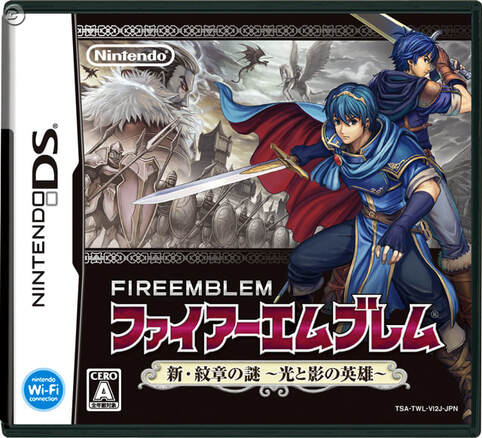
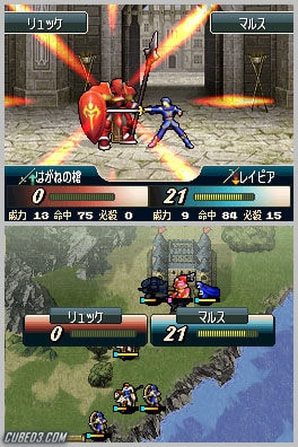
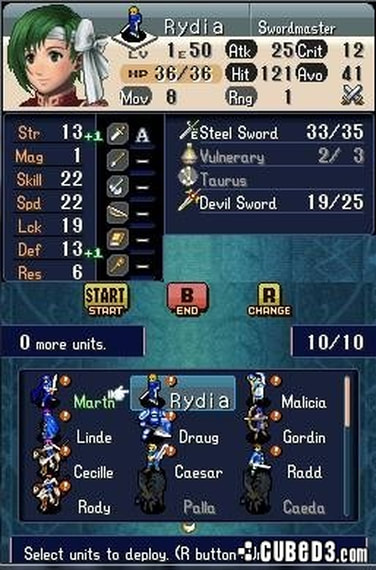
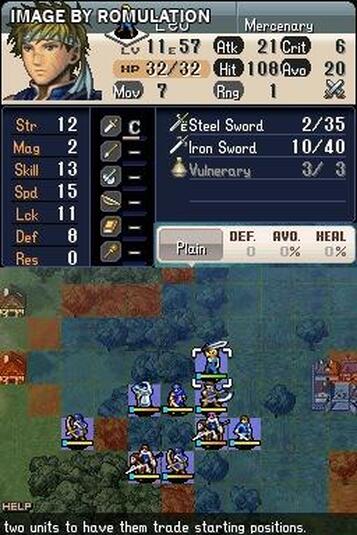
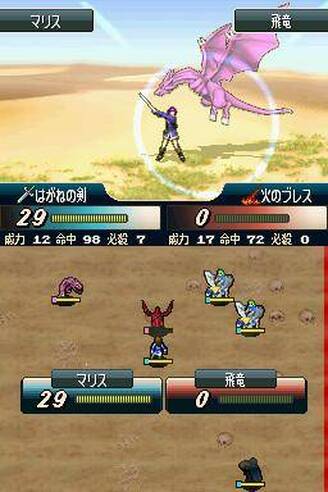

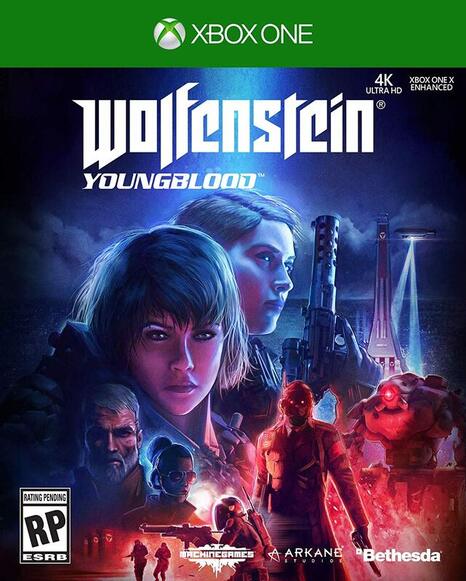
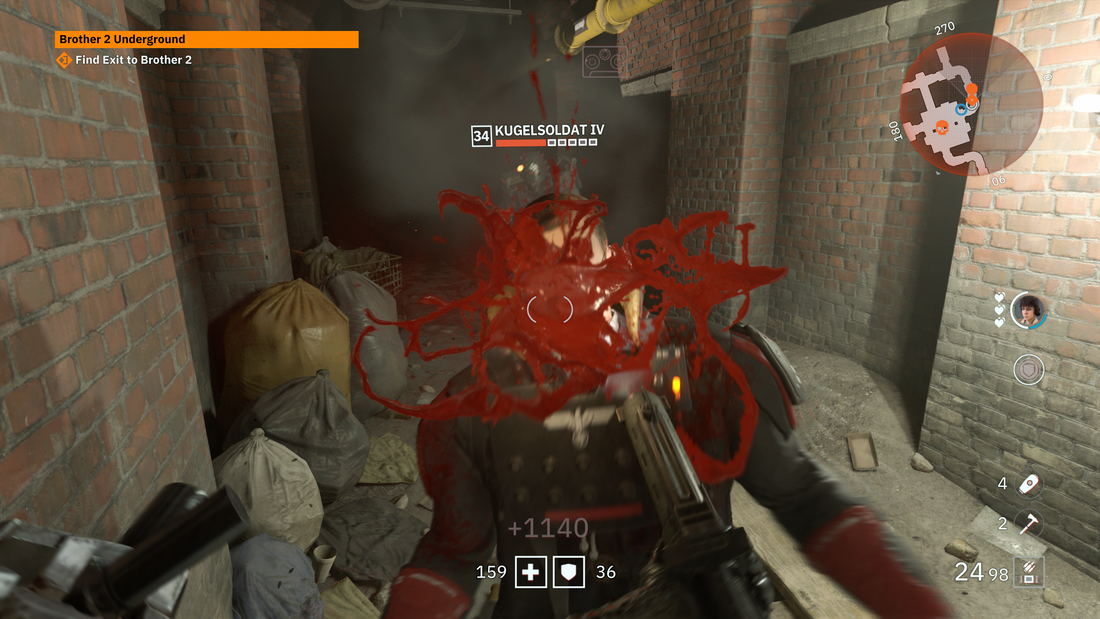
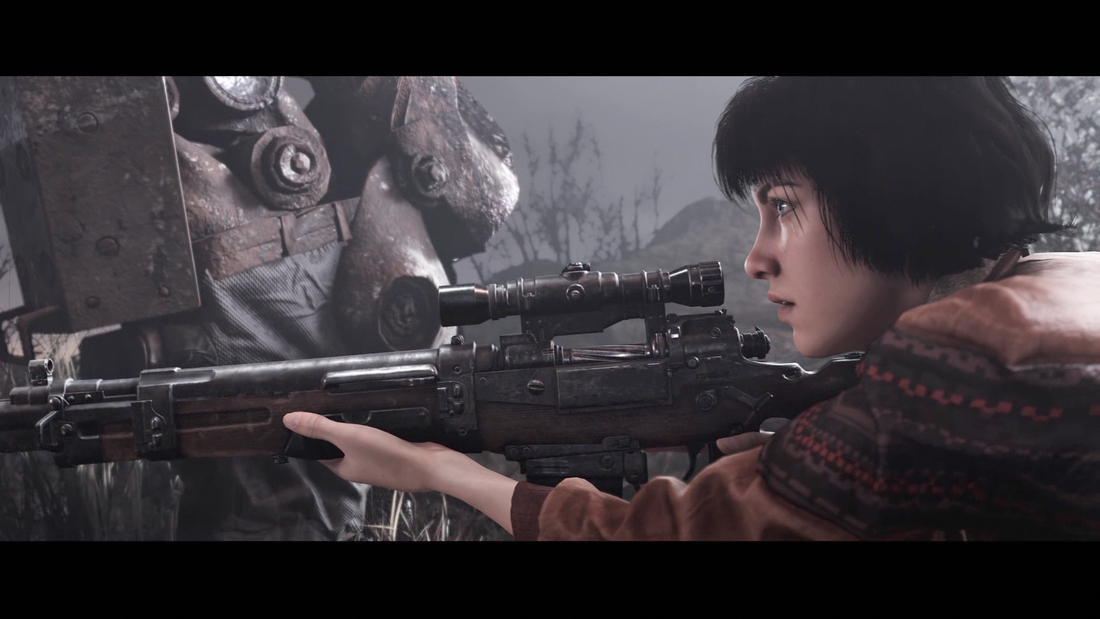
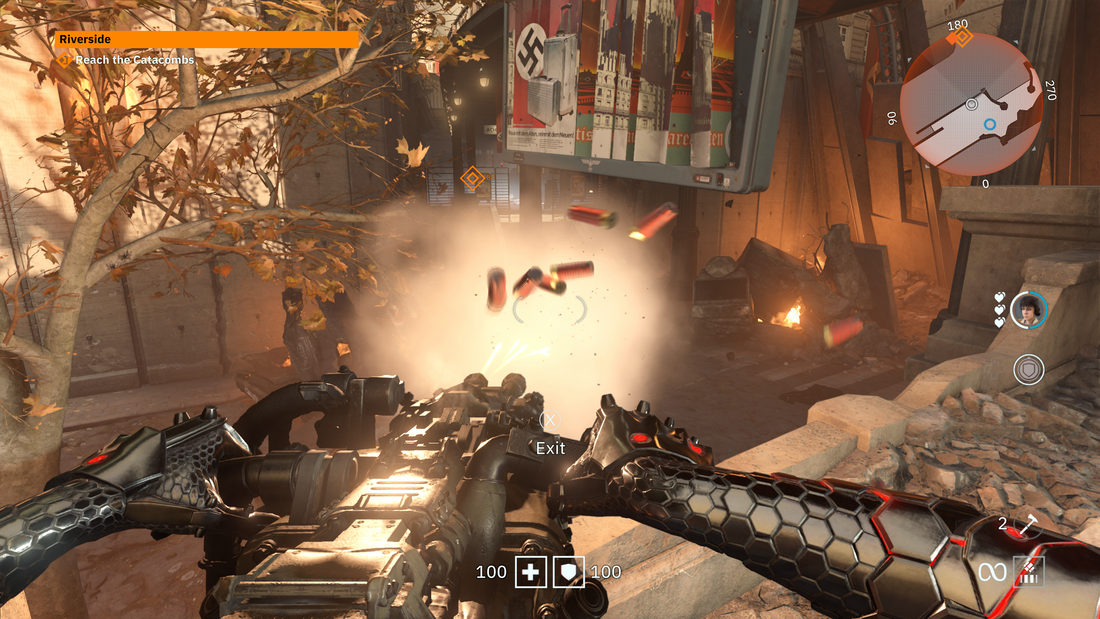
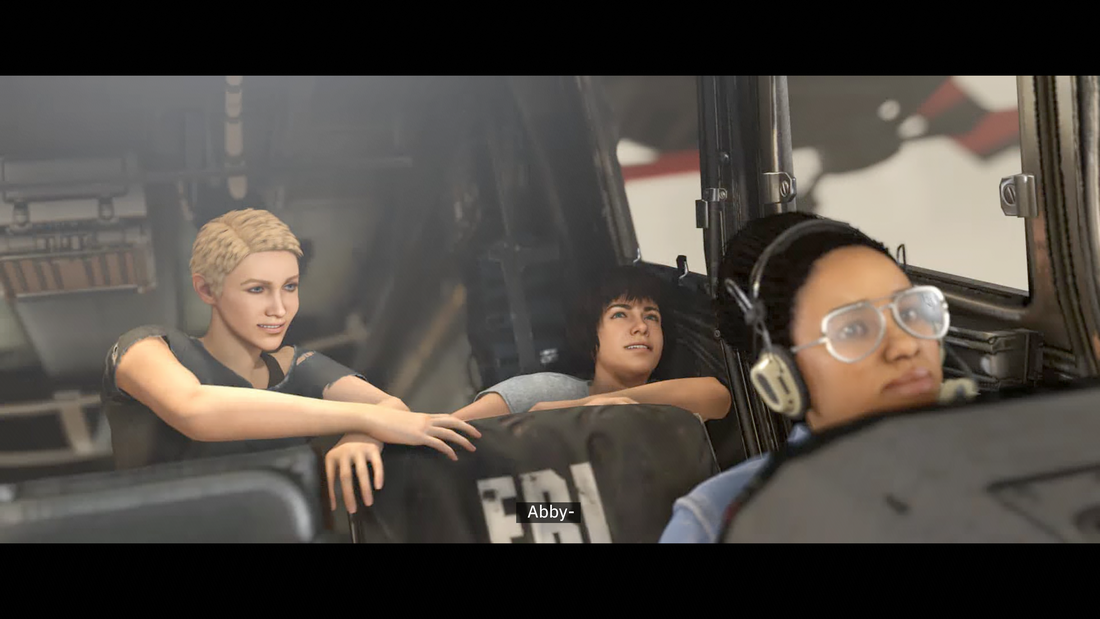
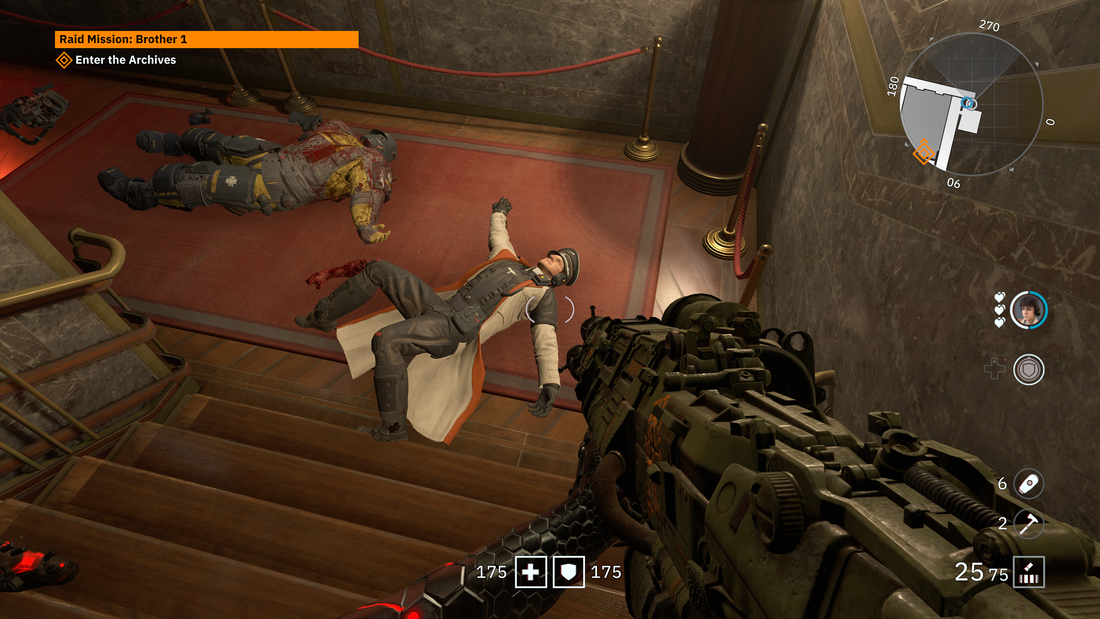

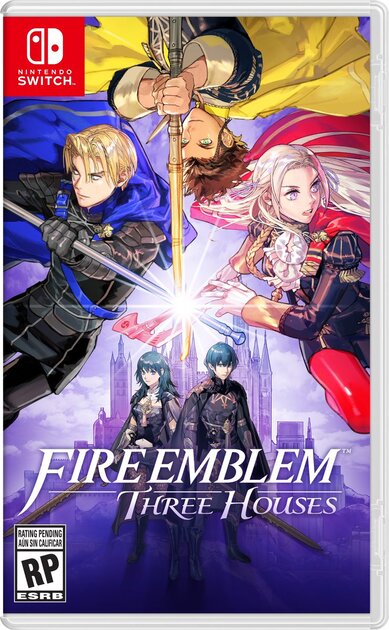
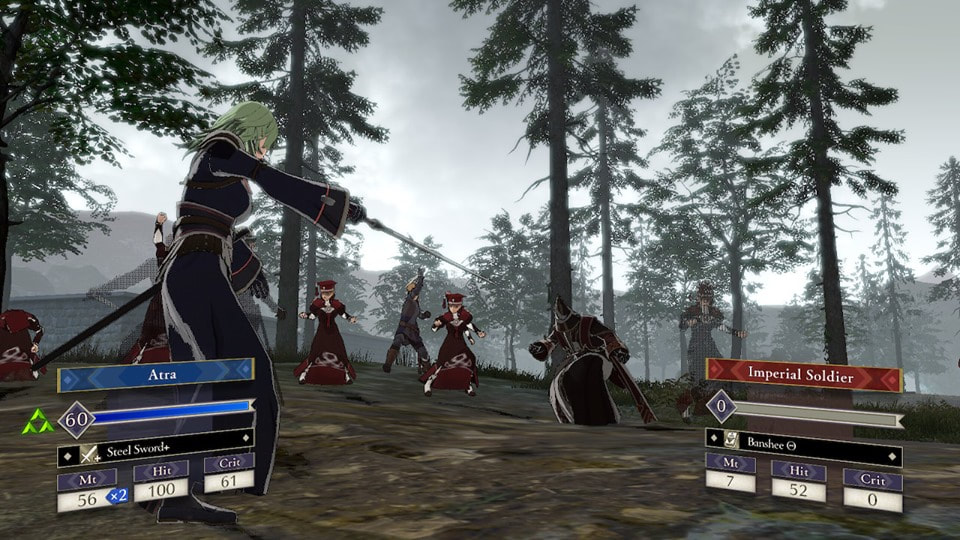
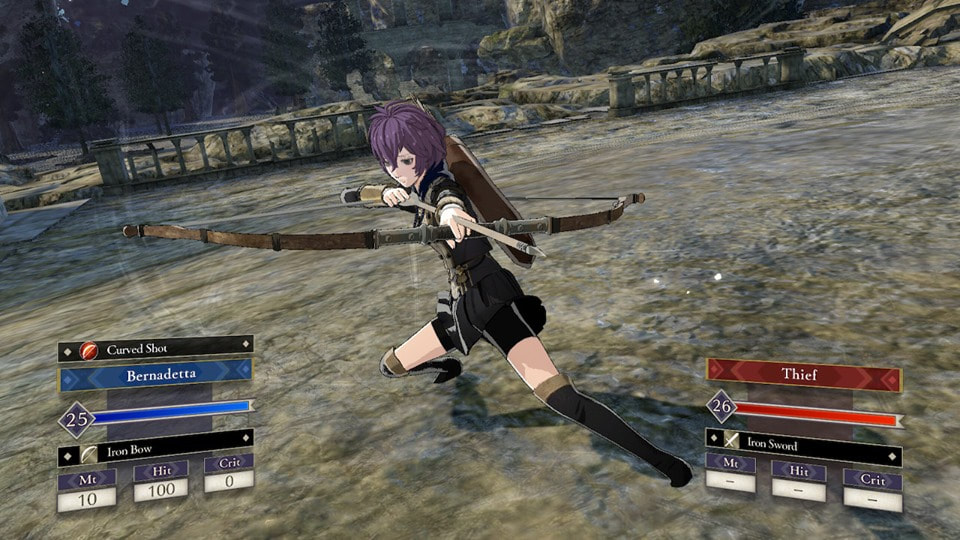
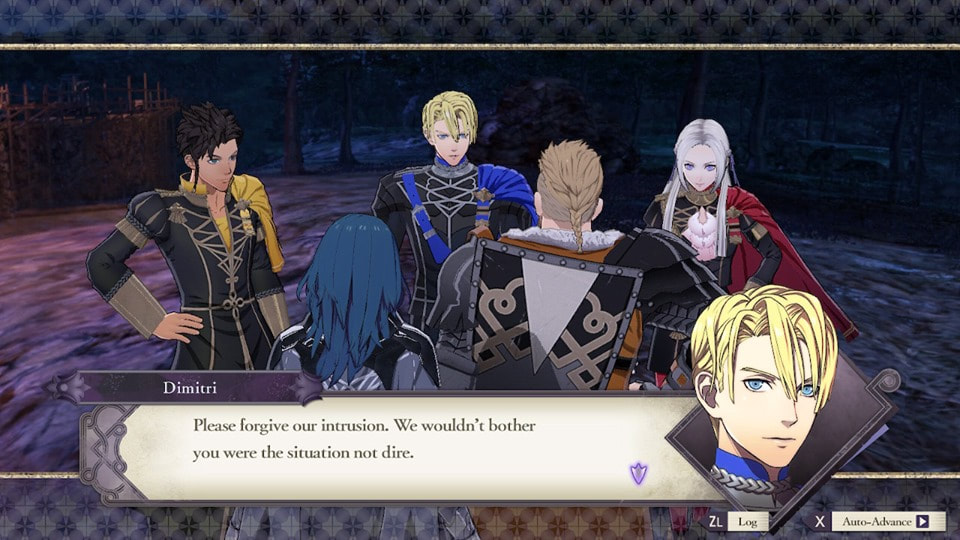
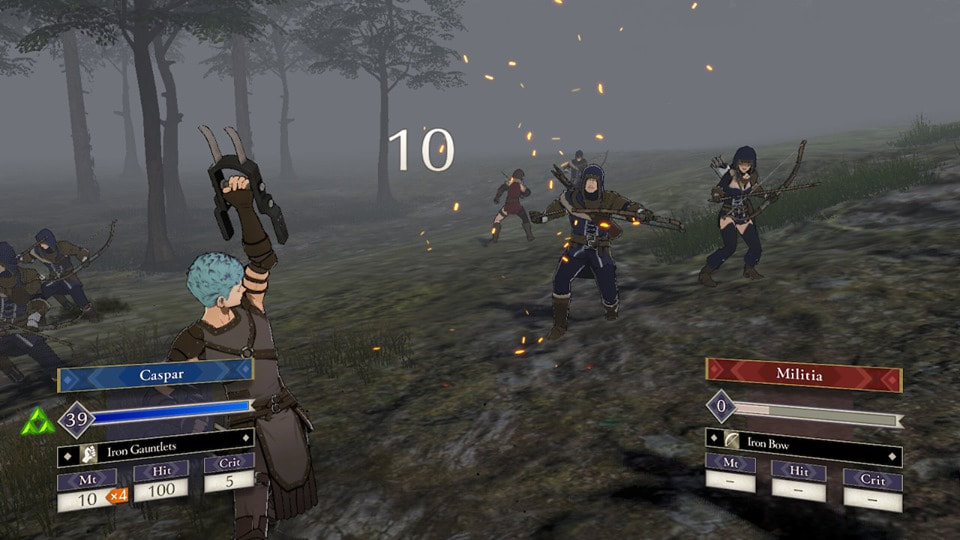
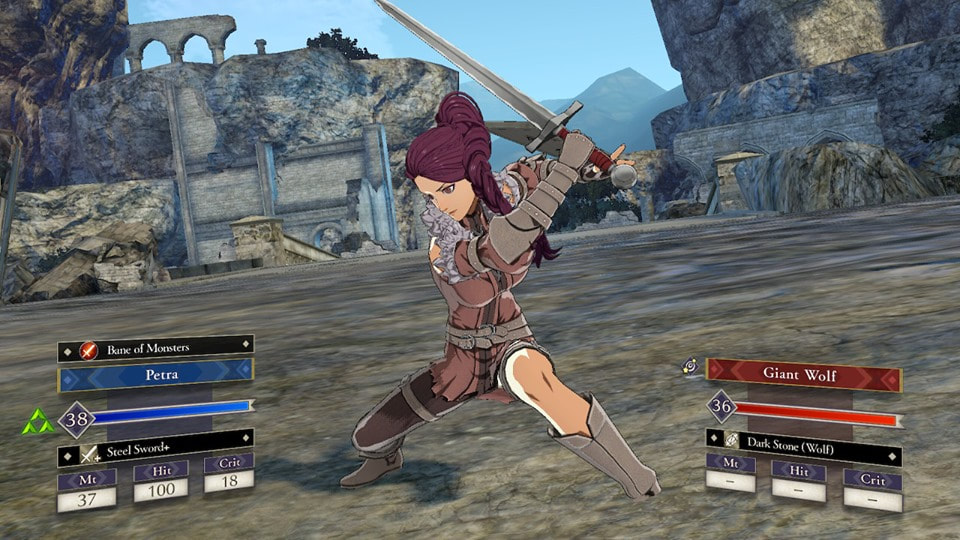
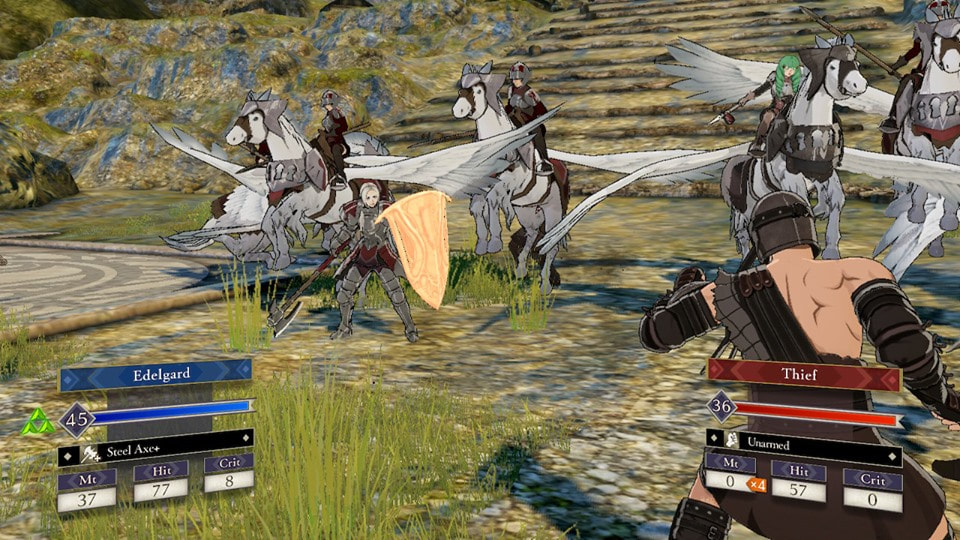

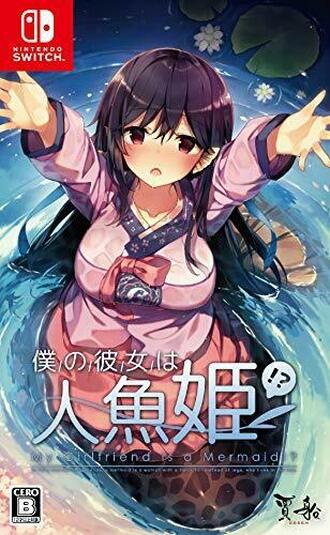
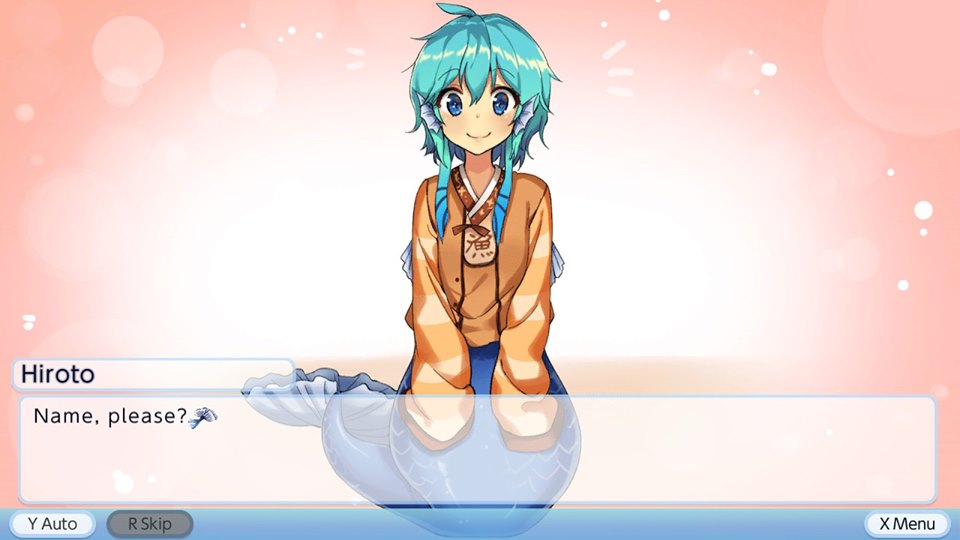
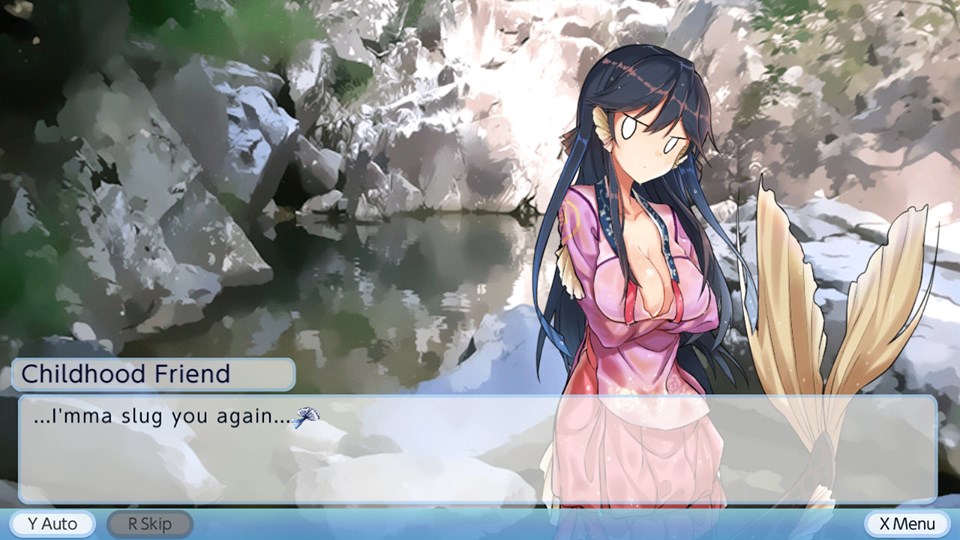
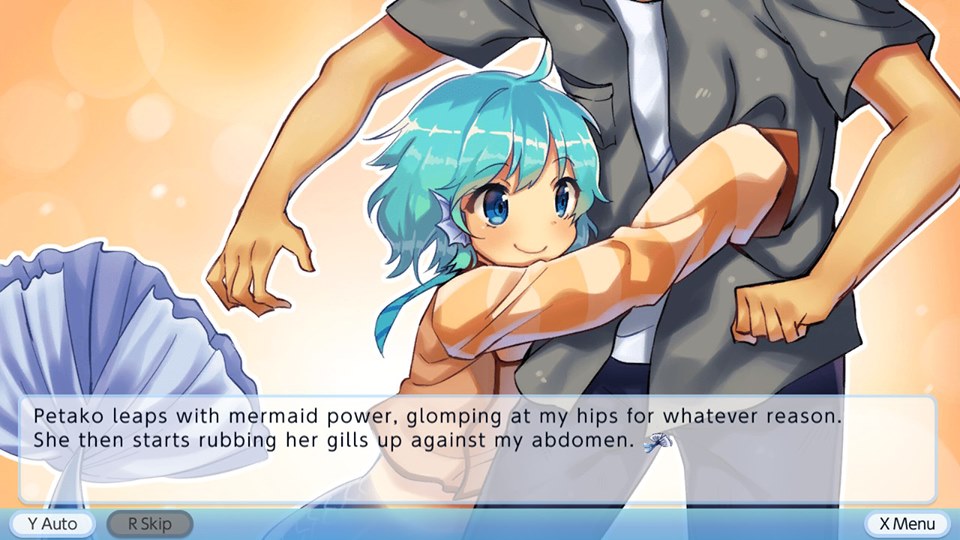

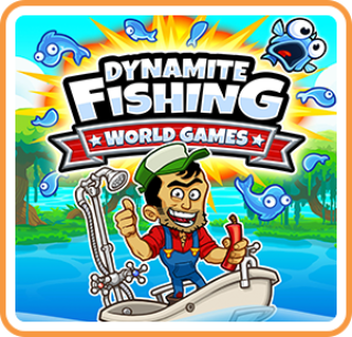
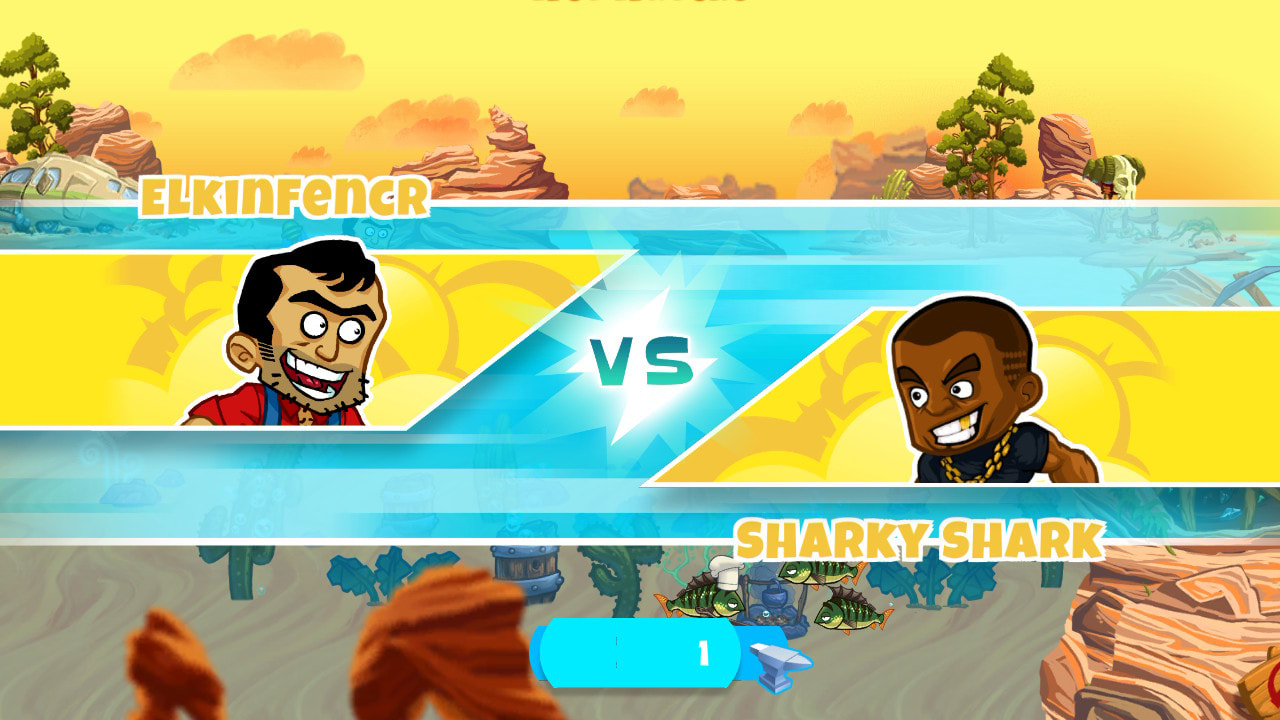

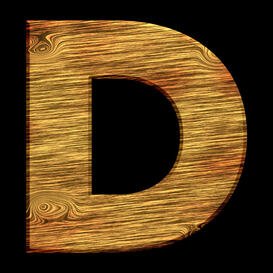
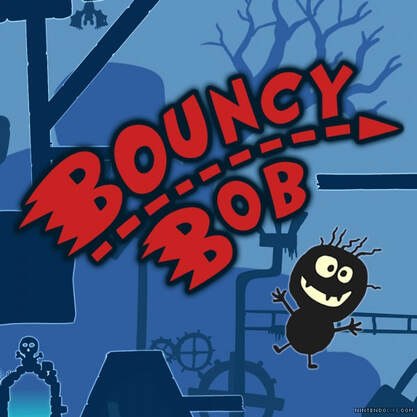

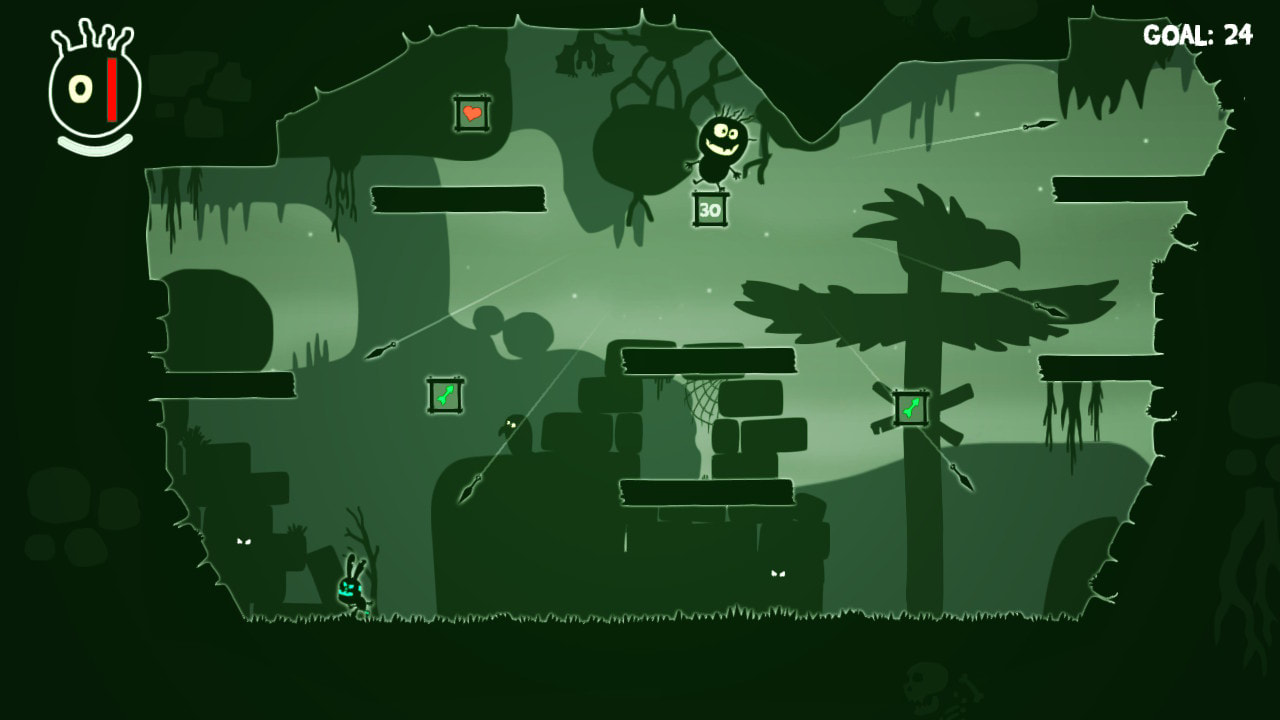
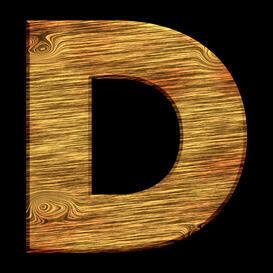
 RSS Feed
RSS Feed
